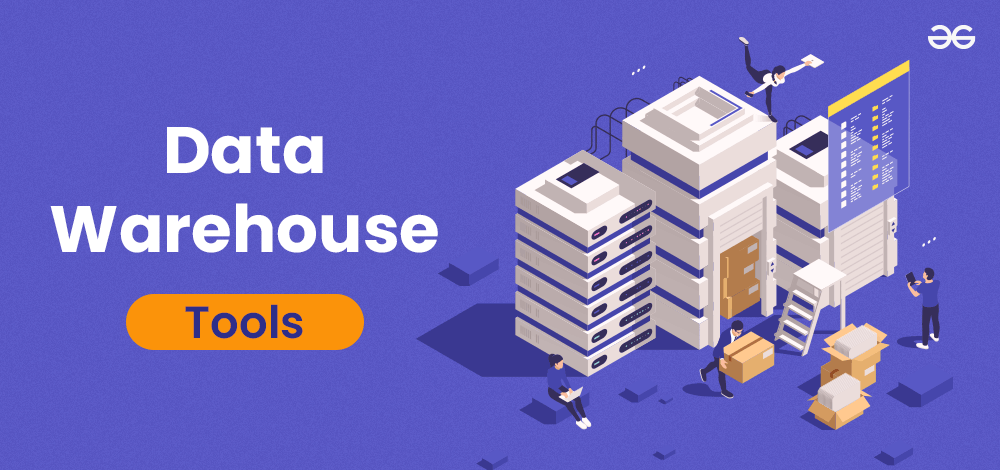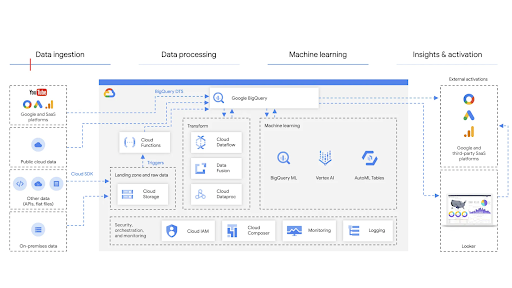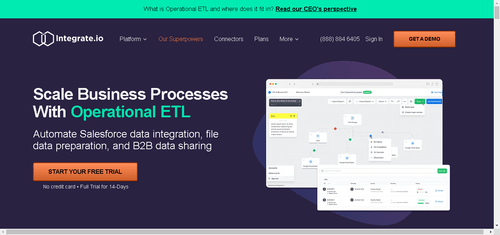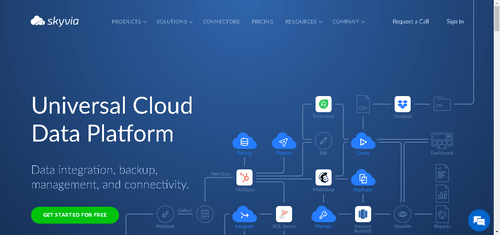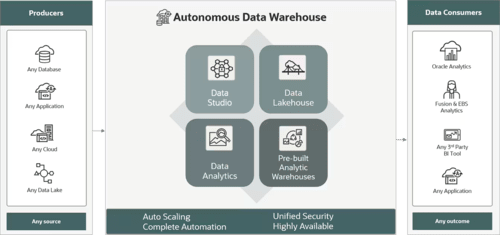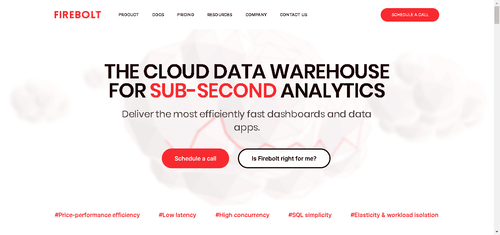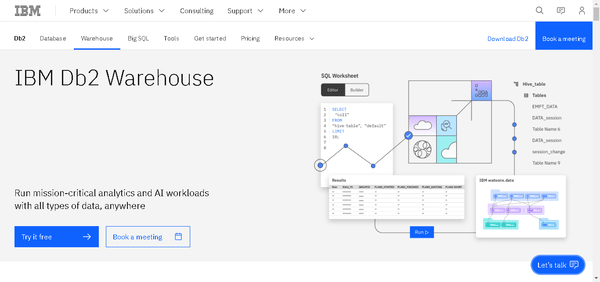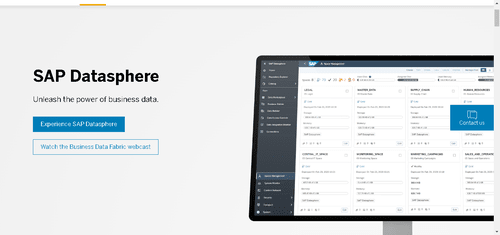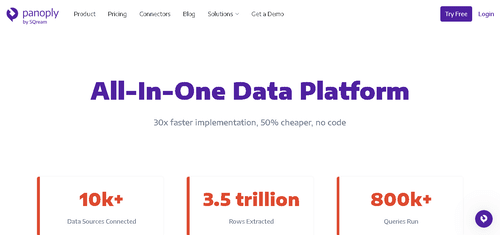Ever wondered how a large organization deals with massive amounts of data? The answer lies in data warehouse tools. Data warehouses are digital warehouses that store large amounts of data in an organized manner and support business intelligence activities like analytics.
With a data warehouse, businesses can analyze past trends, patterns, and relationships to support informed decision-making. Now let’s learn about top Data Warehouse Tools in 2024.
What is Data Warehousing?
Data Warehousing is a central data repository system for storing and analyzing massive volumes of data from different sources. The main benefit of a data warehouse is organization. It consolidates and organizes the data into a structured format which can be then used for business intelligence. The main aim of data warehousing is to turn raw data into practical knowledge, making it a valuable tool for businesses to make informed decisions.
The 10 Data Warehouse Tools to Use in 2024
With so many options, it might be challenging to pick the right data warehouse tool. Thus, in this article, we explore different tools that make data warehousing a game-changer and help businesses make smart decisions. Below, we have listed the top data warehouse tools that you must be using in 2024.
1. AWS Redshift
Amazon’s AWS Redshift is a cloud-based big data analytics tool that uses SQL to explore both semi-structured and structured data, making it easy to run complex analytical queries.
With Redshift Data Sharing, teams get instant access to data clusters without moving from the producer cluster. Redshift ML takes business intelligence a step further, letting you use SQL to train Amazon SageMaker models for accurate financial forecasts and detailed business reports.
Key Features
- Analyze data across various databases and data lakes instantly with the Federated Query tool, eliminating data movement needs.
- Redshift Data Sharing grants instant access to data clusters without moving data, fostering smoother teamwork and faster insights.
- It uses SQL to train machine learning models directly within the platform, enabling advanced forecasting and detailed reporting.
- Native integrations with tools like Salesforce and Google Analytics allow seamless data transfer and storage for comprehensive analysis.
2. Google BigQuery
Google BigQuery is your answer for a serverless, multi-cloud data warehouse. It’s great for large businesses dealing with massive amounts of data, even in the petabyte range. But it’s not just about data analysis — you can also create and run machine learning models on different data types.
Key Features
- Manage and analyze data without infrastructure management, scaling effortlessly with your needs.
- BigQuery Studio simplifies data exploration and analysis with support for SQL, Spark, Python, and natural language via Duet AI.
- Create and run machine learning models directly on your data, with seamless integration with Google Vertex AI or other platforms.
- Easily pull data from Google Drive and various cloud sources like AWS Redshift, Snowflake, and Teradata. Analyze data across different cloud environments for enhanced accessibility and collaboration.
3. Integrate.io
Integrate.io simplifies your e-commerce data journey with its user-friendly Data Warehousing or DWH Insights solution. This platform effortlessly moves data from your customer databases or e-commerce platforms to a data warehouse.
Combine multiple data pipelines easily, manage them on a central dashboard, and schedule them swiftly with the Cron expression builder. DWH Insights not only keeps an eye on data warehousing costs, but also automatically captures data costs and stores essential details about all your pipelines and projects.
Key Features
- User-friendly platform with a drag-and-drop interface and pre-built connectors for diverse data sources.
- Manage multiple data pipelines with ease on a central dashboard.
- Quickly schedule data flows using the Cron expression builder.
- Keep track of data warehousing expenses with automatic cost capture and detailed project reports.
4. Skyvia
Skyvia is your no-code helper for data tasks like integration, backup, and automation. It offers four main solutions:
- Data Integration: Import and sync large datasets from different sources in one go. The built-in Cloud Data Replication copies data efficiently.
- Backup: Keep your data safe with automatic daily backups and recovery options in one place.
- Connect: Easily create web APIs without dealing with hosting and maintenance.
- Query: Access, view, and manage data in your browser with one-click tools.
Key Features
- Simplifies data tasks like integration, backup, and automation without coding requirements.
- Seamlessly connects and transfers data between different warehouses and sources.
- Provides one-click tools for accessing, viewing, and managing data directly in your browser.
- Built-in feature for efficient and reliable data copying within cloud environments.
5. Oracle Autonomous Warehouse
Oracle Autonomous Data Warehouse is a user-friendly and scalable cloud-based solution for data warehousing. It offers quick and flexible query performance without the hassle of extensive administration—perfect for beginners and Oracle enthusiasts.
What sets Oracle apart is its elasticity. You only pay for what you use, and it seamlessly integrates with various business analytics and IoT tools. This cloud solution simplifies data warehousing, ensuring protection and aiding the development of data-driven applications.
Key Features
- Enjoys fast performance without complex administration and handles various data types and workloads.
- Easily adjust computing and storage as your business needs evolve.
- Ensures data security with encryption and threat detection.
- Automates tasks like backups and patching.
6. Firebolt
Firebolt is a modern data warehouse in the cloud, loved by engineers for its speed. It’s designed to give users a great experience, using smart storage and a quick query system. If you know SQL, you’ll find Firebolt easy to use because it follows the same rules.
Key Features
- Engineered for speed with smart storage and query optimization.
- Familiar interface for users with SQL knowledge.
- Analyzes data groups concurrently, boosting speed.
- With its speed, smart techniques, and compatibility with other tools, Firebolt is a great choice for organizations that want fast and effective data analytics.
7. IBM Db2 Warehouse
IBM Db2 Warehouse is a powerful cloud-based tool for managing and storing data. It’s great for businesses needing advanced analytics, and supporting different data types, and workloads.
With integrated AI, it enhances analytics, providing valuable insights. Compatible with various operating systems, it offers flexibility and high performance, seamlessly integrating with IBM’s database engine.
Key Features
- Available on AWS, IBM Cloud, or on-premise, it meets diverse needs.
- Designed for easy and scalable data processing, it includes features like container grouping, automated scaling, and predictive modeling.
- IBM Db2 Warehouse integrates with IBM products, offering comprehensive solutions for information management, data quality, and business intelligence.
8. SAP Data Warehouse Cloud
SAP is a well-known player in business analytics, and its Data Warehouse Cloud is perfect for smart decision-making. This enterprise-ready solution consolidates all your unique data into one secure environment, boosting information security and credibility.
SAP’s data warehousing semantic layer makes analytics easier with persona-driven and analytical warehouse information. Plus, you get instant access to application data through prebuilt adapters from IBM. What makes SAP stand out is its elasticity, flexibility, scalability, and openness—suitable for businesses of all sizes.
Key Features
- Unify and analyze all your business data in a single, secure environment.
- Adapt seamlessly to changing data volumes and user needs.
- Benefit from role-specific information models for efficient analysis.
- Improves data efficiency and performance.
9. Yellowbrick Data
Yellowbrick Data brings a fresh approach to cloud data warehousing, providing access to solutions for the hybrid cloud, hassle-free analytics, and reliable support. Making it an excellent choice for organizations looking for straightforward, efficient, and dependable data analytics solutions. With a mission to make data warehousing and analytics simpler, Yellowbrick offers a ready-to-go appliance for optimized analytics.
Key Features
- In the Yellowbrick environment, businesses can run various queries, from on-the-spot to big batch queries and business reports.
- The platform even provides Yellowbrick-assisted support, ensuring 24/7 predictive monitoring for the warehouse’s ongoing health and availability.
- Minimizes time spent on data management.
- Handles various data types and workloads.
10. Panoply
Panoply is a user-friendly cloud data warehouse system that simplifies data management and analytics without the need for complex coding. Built exclusively for the cloud, it offers integrated visualization features and optimization algorithms for efficient business operations. Panoply allows easy syncing and storing of data from over 80 sources, accessible for exploration through SQL.
Serving as a cloud data platform, Panoply automates data operations, reducing the time required for integration, management, and conversion—eliminating the need for coding.
Key Features
- Explore data directly within the platform.
- Works with Salesforce, HubSpot, and others.
- Easily connect various data sources.
- Manage and grant user access to specific data tables.
Must Read:
Conclusion
Picking the right data warehouse tool is essential when dealing with massive amounts of data. Whether it’s exploring data in real-time, making things simpler without coding, or handling data efficiently, these tools are not just tech tools but partners in making smart decisions. As we move through the raw data in 2024, the tool chosen becomes a key friend, helping unlock the full power of data for smart decisions and steady growth in this always-changing data world.




